Lenawee County planning Maurice Spear Campus additions to address space, program needs
ADRIAN — Plans are in the works to create the first building additions at Lenawee County's youth detention facility since 1971.
Lenawee County is soliciting bids for an architectural and engineering firm to design $5.3 million worth of additions and renovations at the Maurice Spear Campus, which houses juvenile offenders ages 10 to 18.
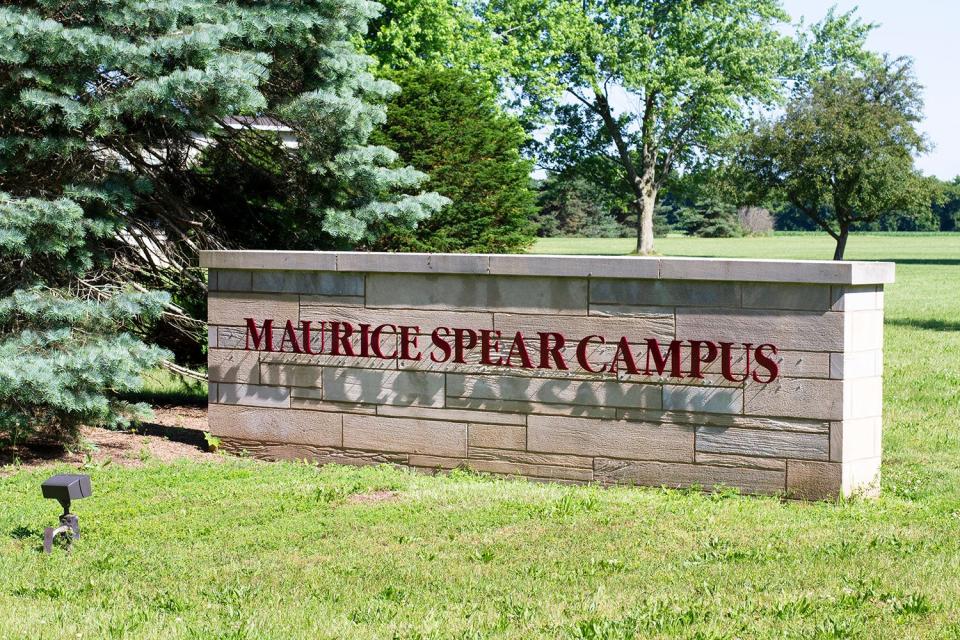
The cost will be covered with American Rescue Plan Act funds.
Most of the youth at the Maurice Spear Campus are residents of Lenawee County, but the county also has a contract with Hillsdale County to accept its youth who exceed the security level at the Hillsdale County Youth Home. The county also has accepted youth from Midland and Livingston counties and works with court administrators and other facilities throughout the state to find youth offenders a safe place.
Addressing space needs
This comes at a time of state and national crisis due to a lack of juvenile detention facilities.
“There is a statewide crisis — really, coming to a national brink of a crisis — where we don’t have enough detainment facilities or bed facilities for youth that are offending,” Deputy Lenawee County Administrator Shannon Elliott said.
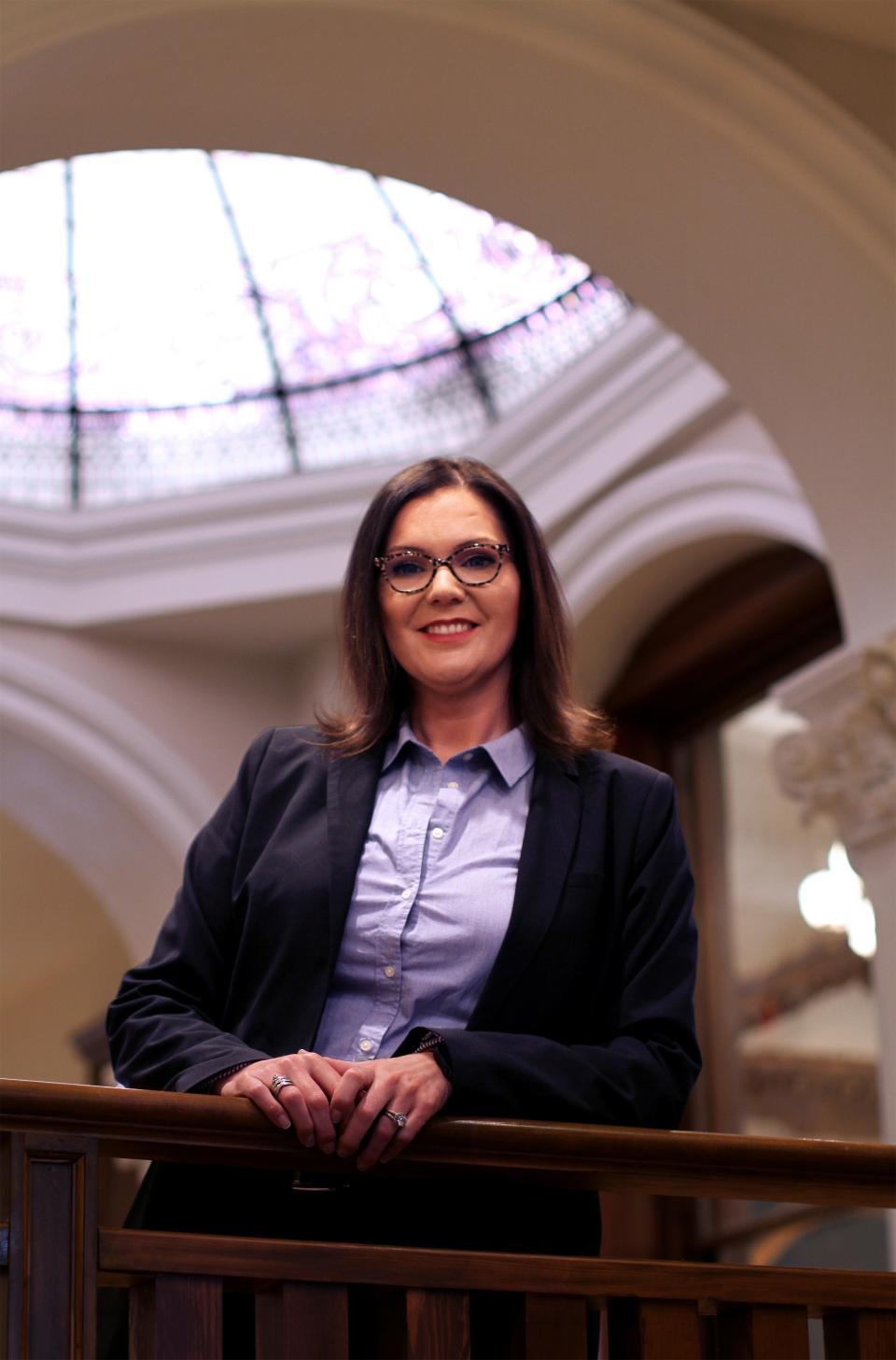
Part of the problem in Michigan is Raise the Age legislation that passed in October 2021, requiring that 17-year-old offenders be tried in the juvenile system, whereas before they were tried as adults. But the wider state and national problems are a lack of facilities, a lack of child care workers brought on by the COVID-19 pandemic and strict licensure requirements for juvenile detention facilities.
Juvenile detention facilities are classified as child-caring institutions, making the ratio of child care workers to juveniles higher under licensure requirements than the ratio of workers to inmates at adult institutions.
“State facilities that house these juvenile offenders close and other counties reduce their sizes. COVID really brought up a huge problem because facilities may have a 40-bed facility, however, they only have 20 beds filled because that’s the amount of child care workers they can get and retain,” Elliott said. “When I talk about COVID being a weight here, I think people who are sent home who are not working, like we saw across the board in a lot of positions that are difficult to work in, people just said, ‘I don’t need this anymore. I’m going to go get a job somewhere else making similar pay where I might not get punched in the face.’”
As far as neighboring juvenile facilities are concerned, there is a youth center in Hillsdale County. Midland, Monroe and Washtenaw counties have secure detention facilities.
“They’re peppered throughout the state and then there’s some privatized institutions that are throughout the state as well but some of those have recently closed down or are under watch by MDHHS (Michigan Department of Health and Human Services),” Elliott said.
Campus facilities, programs
At Maurice Spear Campus, the county provides many educational, therapeutic, recreational, financial learning and faith-based opportunities as well as access to programming for substance abuse and other addictions.
The Lenawee Youth Center opened in 1962 and was renamed in honor of Probate Judge Maurice Spear in 1970. The Maurice Spear Campus is a 66-bed, county-operated detention and treatment facility located on 35 acres on Airport Road in Madison Township. The complex has five buildings: a secure detention facility, a residential treatment center (open unit), a school, a gymnasium and a chapel.
The county is looking to increase bed space within the Campus by adding two wings with 10 secure rooms each. There will be 10 secure units for juveniles with sexual harming behaviors as well as 10 secure units for juveniles ages 15 to 18.
The county plans to create a centralized industrial kitchen designed to produce thousands of meals per day for diverse populations. As part of the project, the detention (secure) facility will connect with the treatment (unsecure) facility by means of the kitchen and secure hallways and doors.
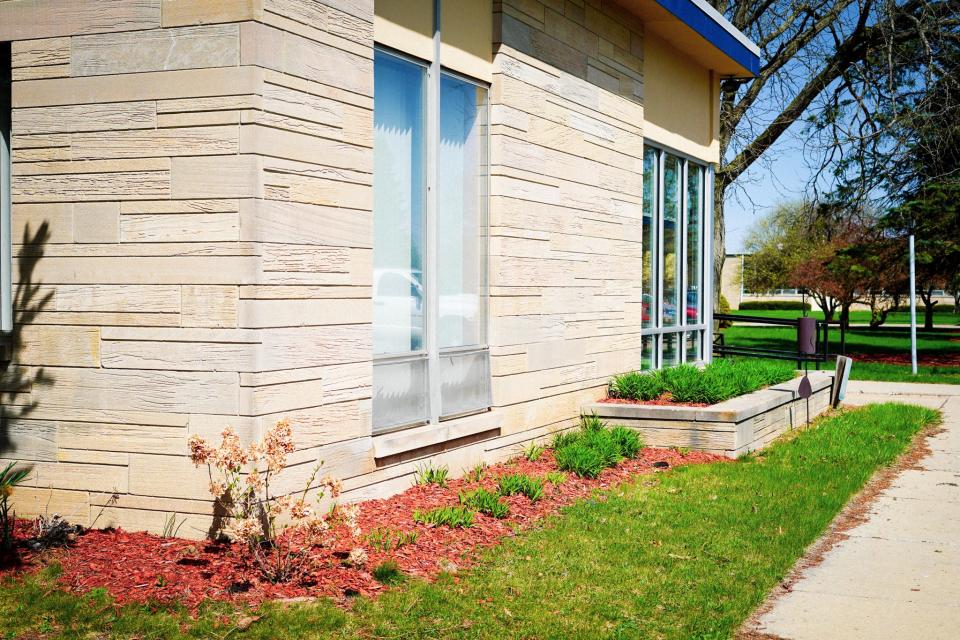
The building housing the administrative offices, the residential treatment center or the open unit (nonsecure supervision), dining hall and main campus kitchen (all located on the main floor) was built in 1962. The building also has a small recreational room for the boys open unit, a committee room, laundry room, boiler room and storage rooms in the basement.
The open unit treatment school was built in 1964 and offers high school academic credits. There are several classrooms, a computer lab, library, common study area, science lab, and math/economics lab. The building and grounds maintenance department is attached to the west end of the building.
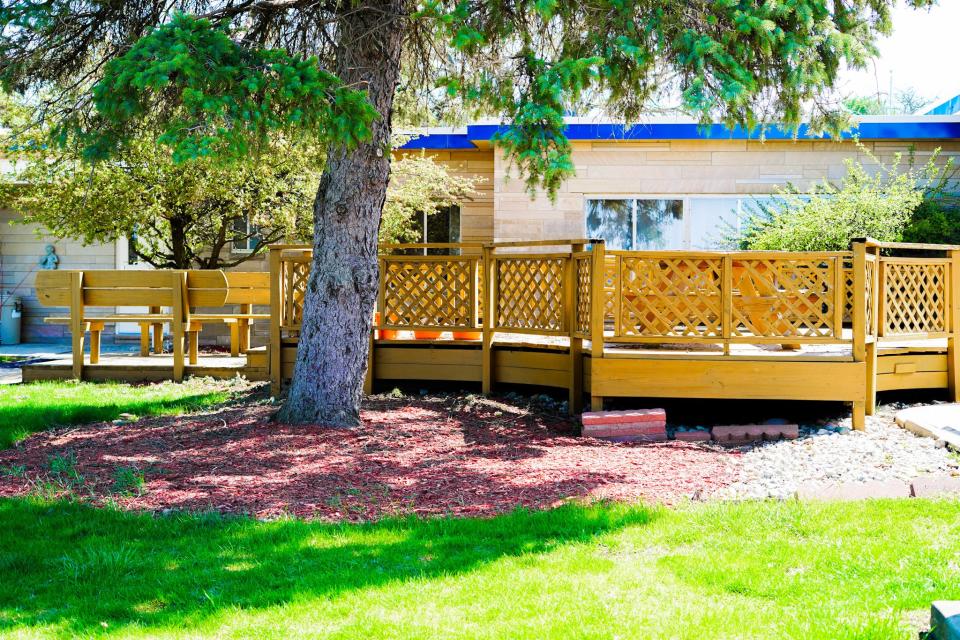
In the open unit facility, youth are in a nonsecured facility that looks like a dorm. These youth walk the entire campus, going to school, gym and chapel. They leave campus to work at Goodwill, to use Michigan Rehabilitation Services (a state-run program that helps people with disabilities find work), to volunteer for the county’s solid waste department and to take part in other volunteer opportunities. These youth get education credits as well as on-the-job training.
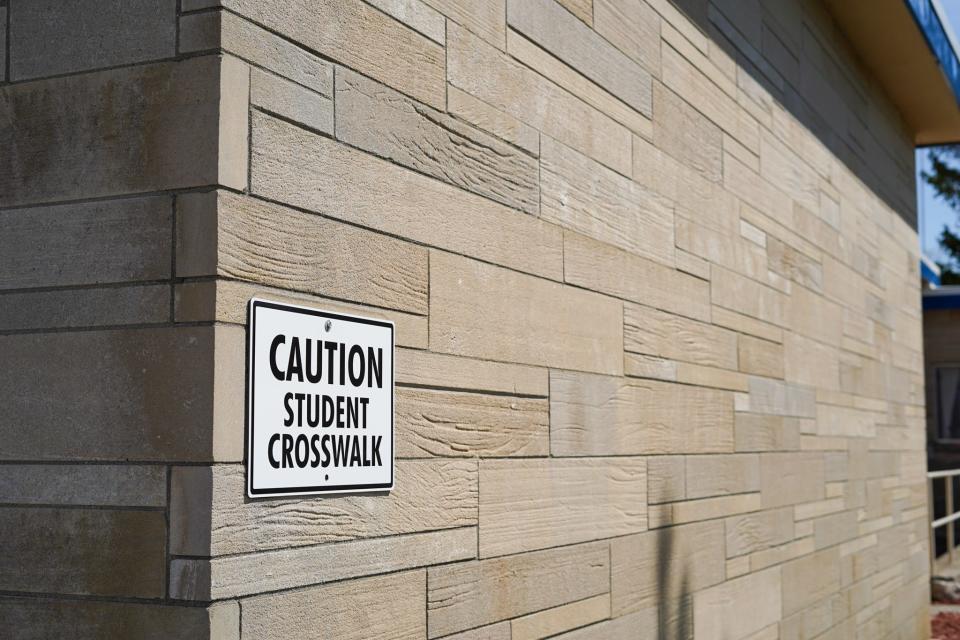
There is a boys wing and a girls wing in the open facility. While boys and girls attend school together, there are not many opportunities for them to communicate. In the detention facility there is also a boys wing and a girls wing and both boys and girls are in school together. The teachers and child care workers separate the genders in the classrooms in both the secure and open facilities.
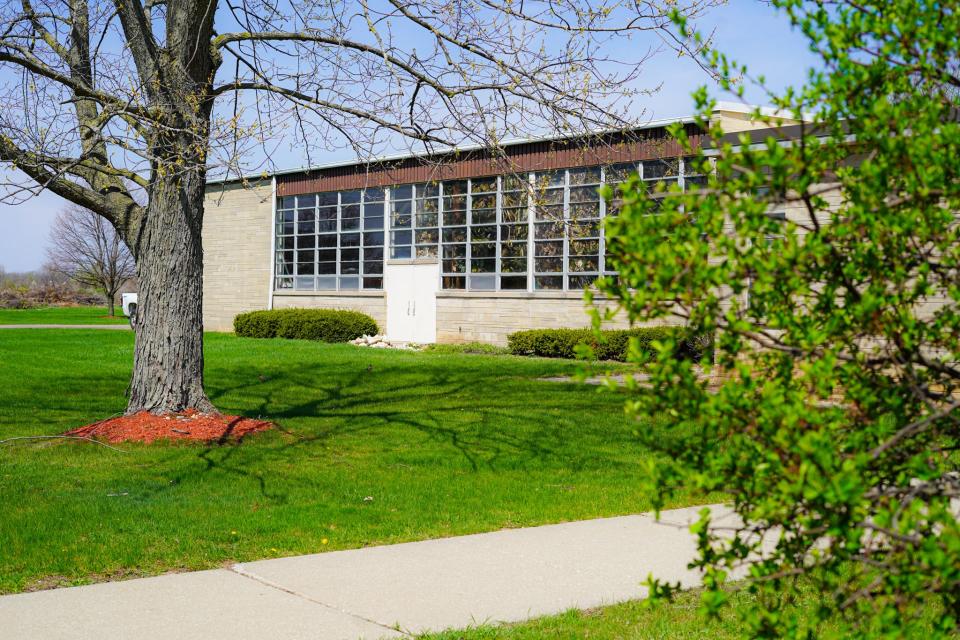
Family visits are encouraged.
“They have family visits regularly. They’re scheduled, so the family comes in and has time with their young person to meet. They can bring their siblings in, and then they also have family counseling. They get two opportunities really, one with the family just as a visitation and then they get another opportunity with the family in family therapy,” Elliott said.
The youth are taken to doctor appointments off campus by the child care workers. There is also a nurse on staff at the Campus as well as a physician’s assistant.
The youth receive family therapy as well as individual therapy. There is a licensed therapist running each wing, one running the female wing and one running the male wing. There is also a family counselor on staff and another licensed therapist who runs programming. The programming that is developed for the youth to use while they are on campus is vetted and established by a licensed counselor.
For substance abuse counseling, the youth receive individual and group therapy. The group therapy is therapist led and acts as its own support group with support from the rest of the male group or the female group.
The chapel was built in 1970 and offers nondenominational services. All open unit youth may participate in the choir or a campus performance/entertainment program such as the Drum Corps or a play.
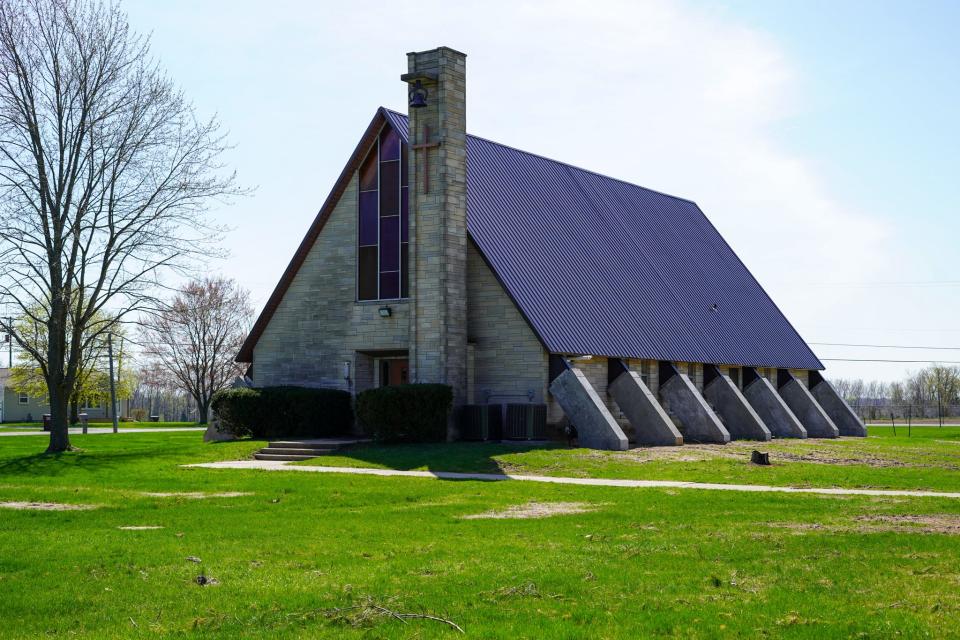
“They do attend regularly, and they have a chaplain that comes in and an organist that comes in and provides an opportunity for the youth,” Elliott said.
The gym was added in 1971 to provide a place for indoor physical activities and wellness programs. An outdoor basketball court was added to the building in 2016. There is a baseball diamond with a pavilion, and a volleyball court on the campus.
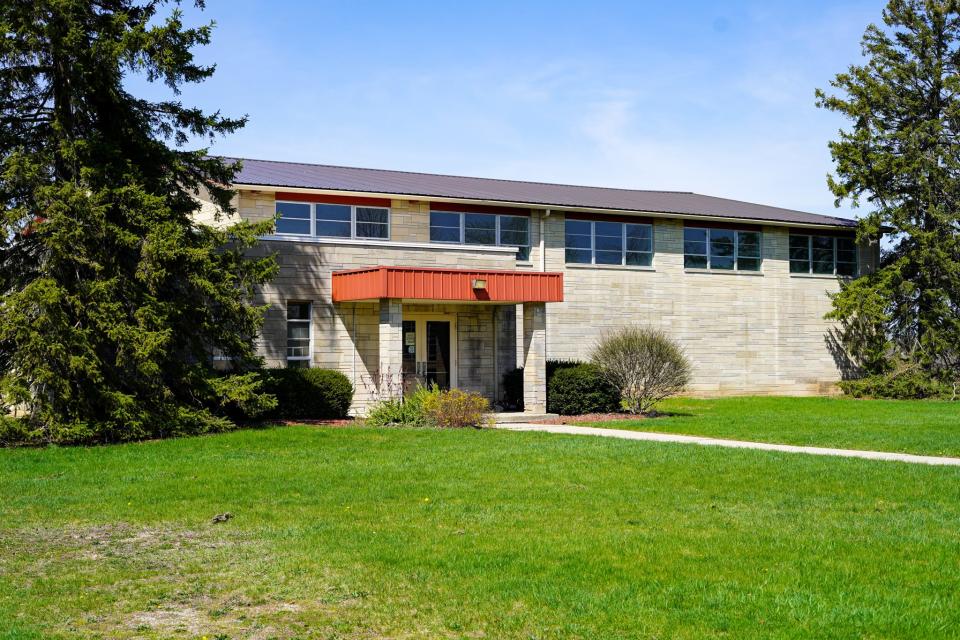
The detention center was built in 1968 and provides secure residential detention services for boys and girls awaiting a court decision on residential treatment programs for youth adjudicated for criminal offenses. The building has two classrooms, a private probate courtroom, library room, and small kitchen and dining room. The detention center can house up to 20 males and six females.
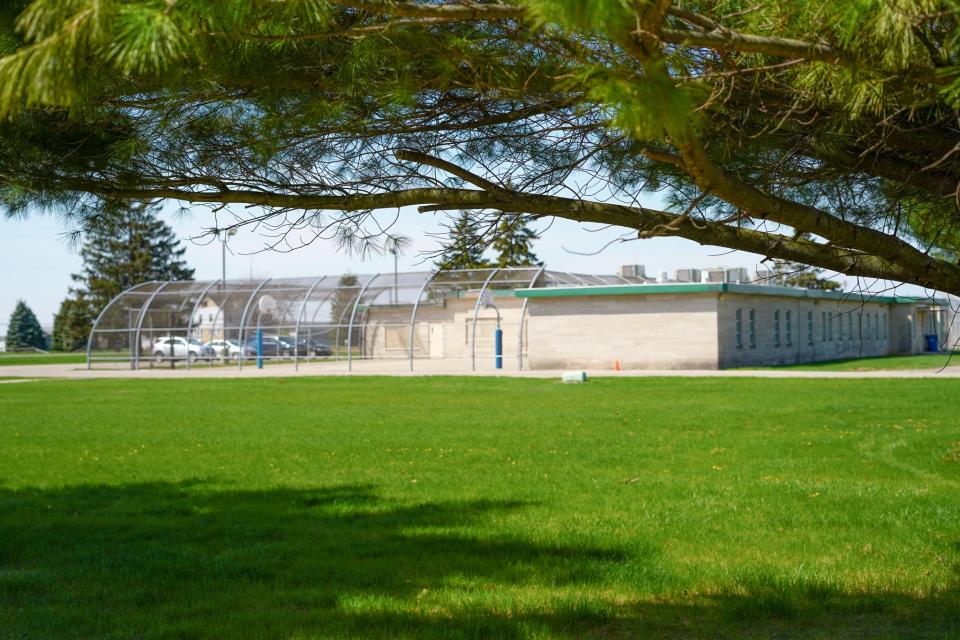
Addition plans
“We’re looking at creating two different wings in that detention facility — 10 beds for youths with sexually harming behaviors because that is a very unique situation — and then 10 additional beds, we’re looking at separating these age brackets,” Elliott said. “There’s a very, very, very distinct difference between a 10-year-old and even a 15-year-old. We’re looking at breaking that into 10 to 14 in one area and 15 and up into another area … What we’re looking at doing is creating wings to separate those, so that we can keep those youth housed differently from the other youth, but also coordinate programming that fits those juveniles’ needs.”
The new units for juveniles with sexually harming behaviors will also bring in dollars from other locations around the state. Maurice Spear Campus has staff trained in the therapeutic model that is necessary to treat sexually harming behaviors.
“If we’re able to separate those sexually harming behaviors and increase those beds, that will assist with bringing other county youth or other state youth into our county to address those, because that’s a very difficult service to find. Also, it just increases the monies we’re able to put into Maurice Spear Campus to continue to run that facility. Those would be in a secure area so those youth would be held in a secure environment. So it reduces any threat to anyone in the community or anybody else for that matter,” Elliott said.
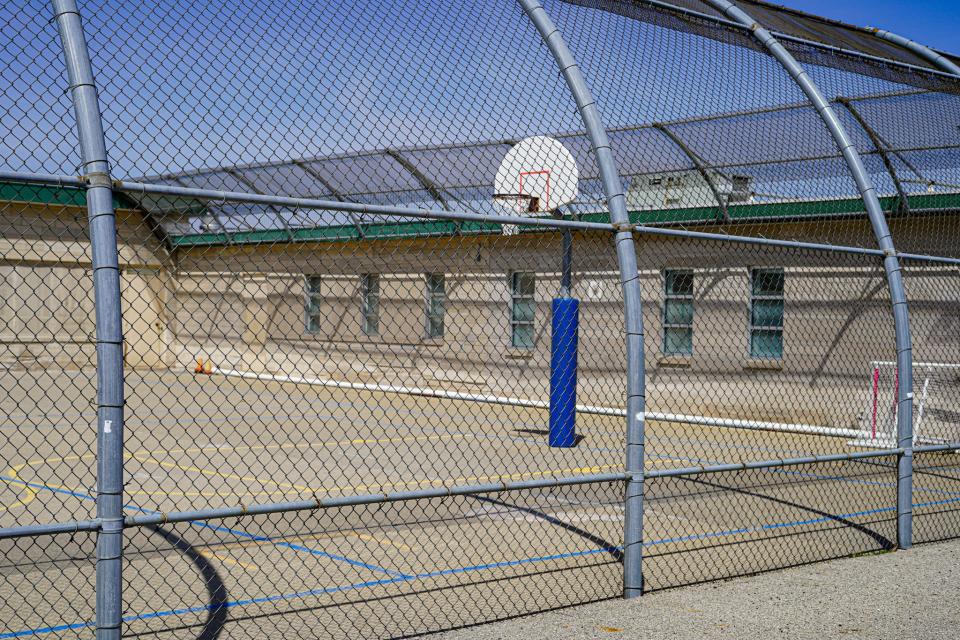
Without Maurice Spear Campus, there would be a massive burden on Lenawee County families of youth offenders because these families are usually already at risk for things like food instability. The chance of getting to see their child outside of Lenawee County would be slim to none.
“If this wasn’t here and we had to send our kids out of county to get treatment or to be detained, that would be a huge burden on the family to visit their child, to go through this treatment, to receive the counseling they need to be a productive family unit, to fix the problems they need to address at the home … If that can’t happen in a place where people can participate in that, then it stays broken,” said Jennifer Ambrose, Lenawee County marketing and communications coordinator.
It would also place a burden on law enforcement and the judicial system. For example, two officers would have to be taken off road patrol to transport a juvenile offender to another location outside of Lenawee County, a process that can take anywhere from two to four hours. The court system also requires that the juvenile travel to the court in that outside jurisdiction.
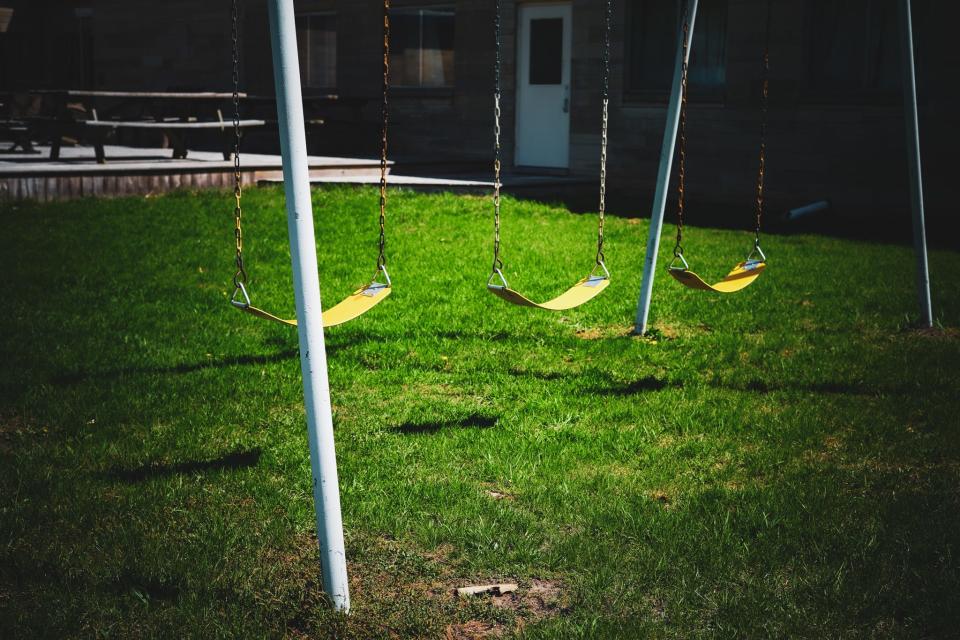
“You see the burden it places not only on the families, but on our judicial system and on our law enforcement system. It’s expensive and at Maurice Spear Campus, we keep our per diem rates at a reasonable cost so that we can meet families’ needs. At some of these facilities it’s much, much higher and we would be paying that. The county would be paying to detain our juvenile in another facility,” Elliott said. “When you look at just those basic black-and-white things, it would be a huge financial burden to the county if we didn’t have Maurice Spear Campus. It would be a huge social burden to our county, our families, our law enforcement and our judiciary if we did not have Maurice Spear Campus.”
Operating expenses
The court charges the families a $140 per diem rate. Families fill out a financial report and their income level is taken into consideration when the court decides what the family will pay. The Campus receives funding through the MDHHS Child Care Fund.
“It’s rare that the family is assessed that entire cost. The county picks up what is not covered and then we also have the Child Care Fund, which allocates money to Maurice Spear Campus for youth. That’s about 50% of our family and youth needs supplanted by the Child Care Fund,” Elliott said. “We don’t want to break a family financially just to help their children and their family.”
In 2022, the annual operating cost for Maurice Spear Campus was $4,579,090.41 and is projected to be $5,244,602 in 2023. These numbers do not include any kind of construction for the expansion and renovation project.
When a child is held at a juvenile facility, his or her Medicaid stops 10 days into detainment and that medical bill then gets picked up by the county in which they are being detained or their residential county. The medical costs for youth at the Campus in 2022 was $27,280. That number is included in the annual operating cost.
The architectural and engineering firm chosen will work with the county’s project team and stakeholders to refine the design and develop the project per the scope of services. It will then assist the county in reviewing construction bids and preparing a selection recommendation for a construction firm. After selection of the construction firm, the architectural and engineering firm will assist the county with construction administration, design oversight and project closeout.
Project timeline
The request for bids went out April 14 and the due date is May 25, with negotiations to take place May 29 to June 1. Provided that the county receives a good bid, the administration will make the bid recommendation to the county commission at its June 13 personnel/ways and means committee meeting and it is expected the county commission will award the contract at its regular June 14 meeting, county administrator Kim Murphy said.
If that happens, the county plans to commence site preparation work in the fourth quarter of 2023 and to commence construction in spring 2024, wrapping up sometime in 2025.
This project is essential for Lenawee County, Elliott said.
“One of my favorite quotes is: ‘It is easier to build strong children than to repair broken men’ (Frederick Douglass), and I’ve stood by that firmly for years. If we can build a facility that meets our youths’ needs and can assist them in dealing with the traumatic issues they have dealt with in their lives and most likely endured and, hence, they’re in the facility they’re in — without some form of harming them — then we can create productive community members that are helpful to our community — they’re paying taxes, they’re raising families that are increasing the vitality of Lenawee County,” Elliott said.
This article originally appeared on The Daily Telegram: Lenawee County planning Maurice Spear Campus additions

